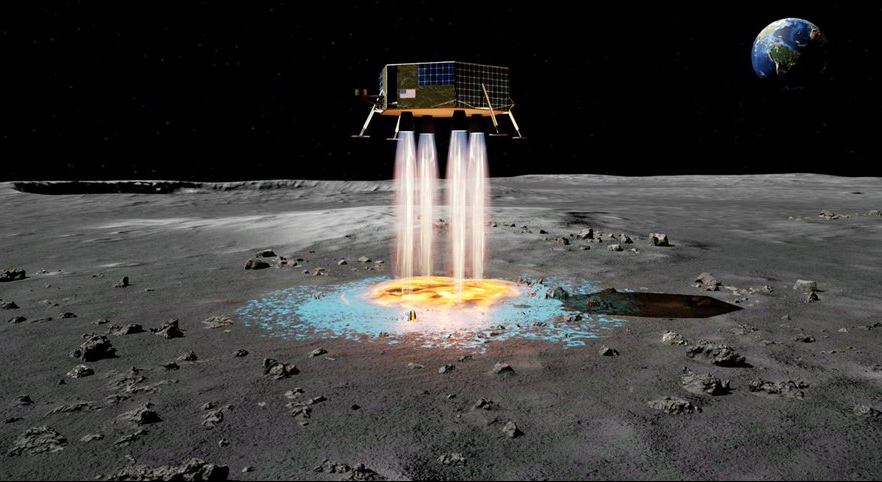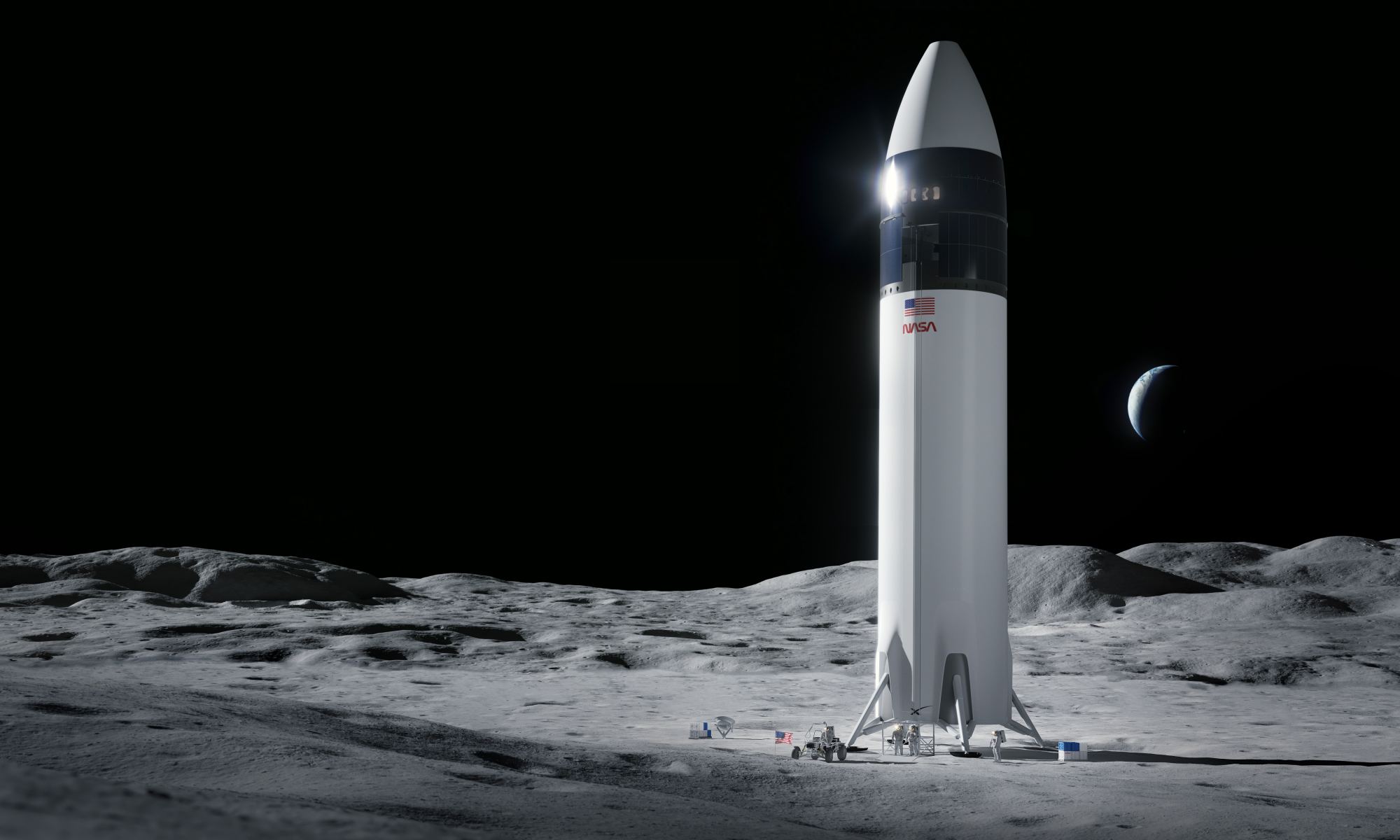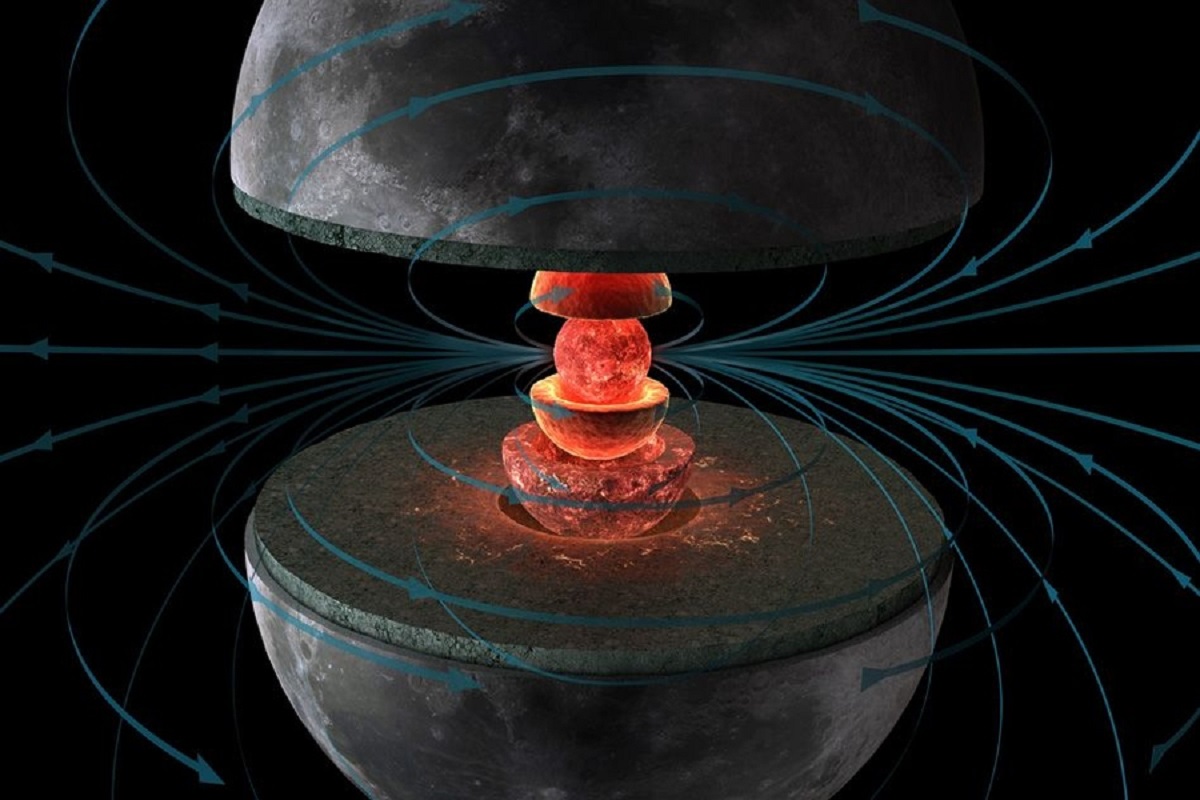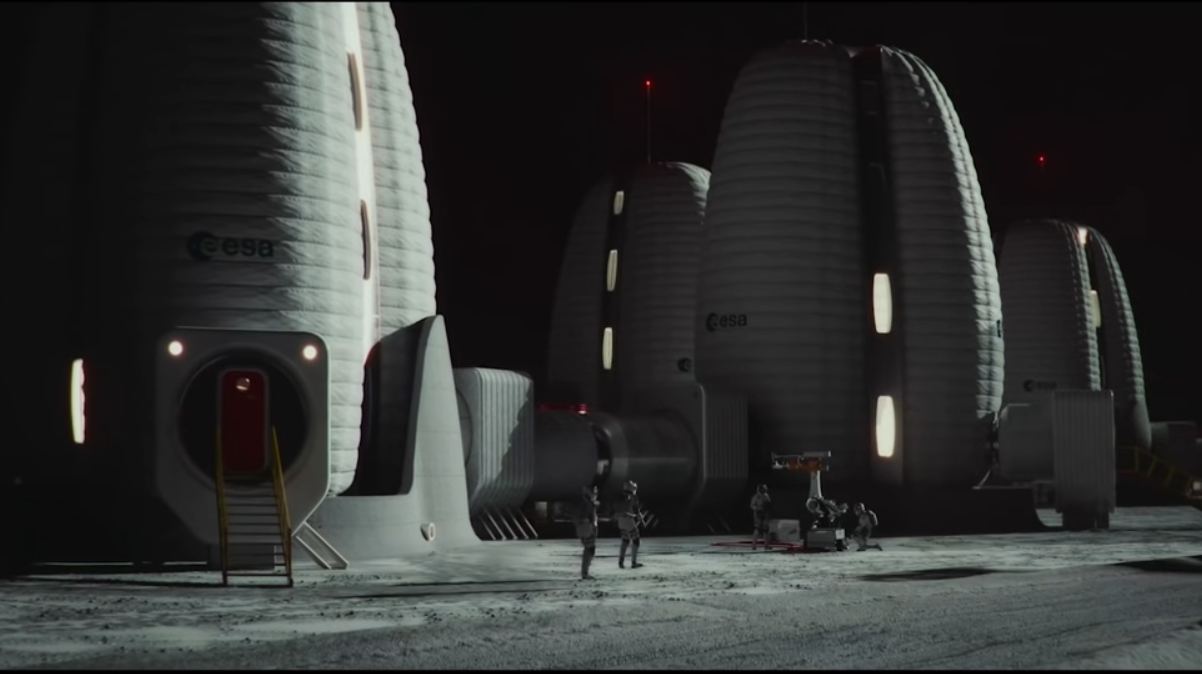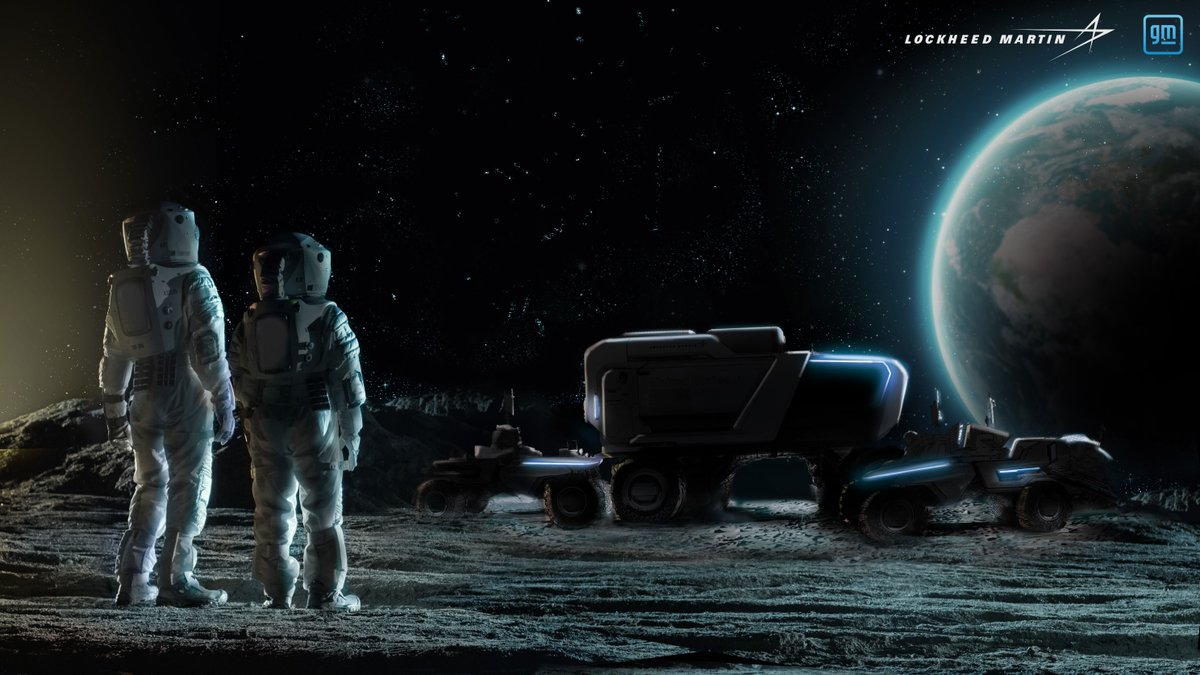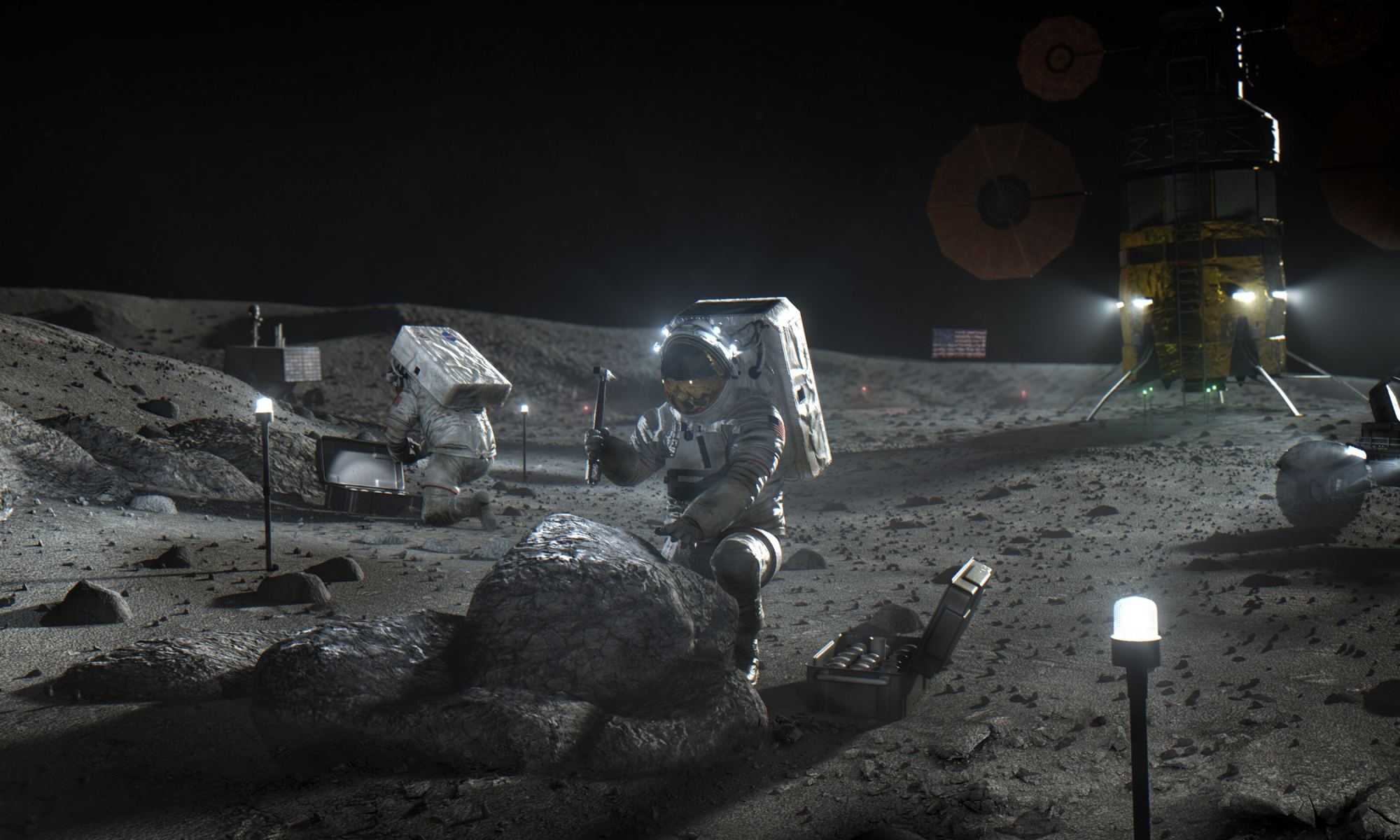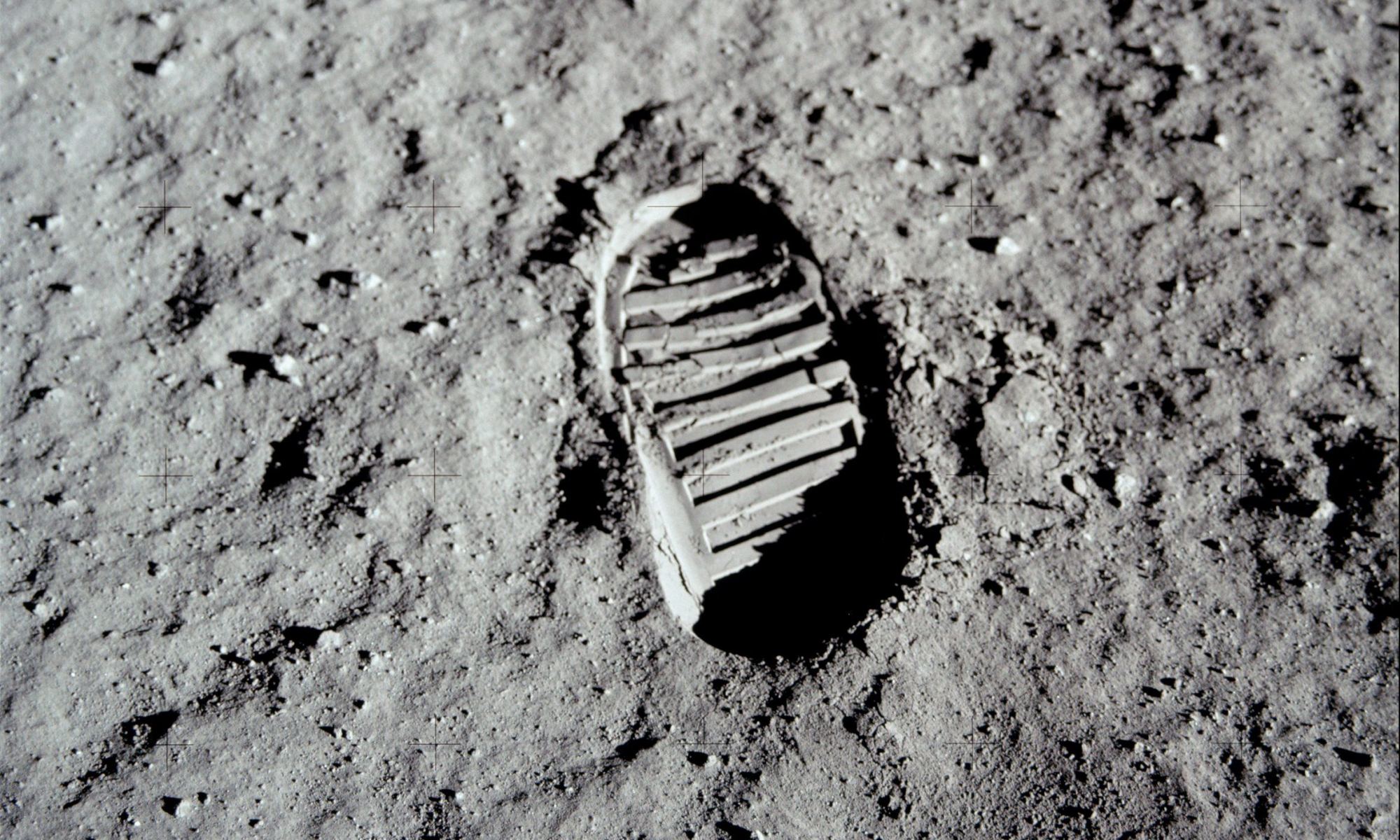Since 2004, NASA has been working on the launch system that will send astronauts to the Moon for the first time since the Apollo Era. These efforts bore fruit in 2011 with the proposed Space Launch System (SLS), the heaviest and most powerful rocket since the Saturn V. Paired with the Orion spacecraft, this vehicle will be the workhorse of a new space architecture that would establish a program of sustained lunar exploration and even crewed missions to Mars.
Due to repeated delays, cost overruns, and the expedited timeframe for Project Artemis, there have been serious doubts that the SLS will be ready in time. Luckily, ground crews and engineers at NASA’s Launch Control Center (LCC) – part of the Kennedy Space Center in Florida – recently finished stacking the Artemis I mission. The vehicle is now in the final phase of preparations for this uncrewed circumlunar flight in February 2022.
Continue reading “Artemis 1 Comes Together as the Orion Capsule is Stacked on Top of the Space Launch System”

